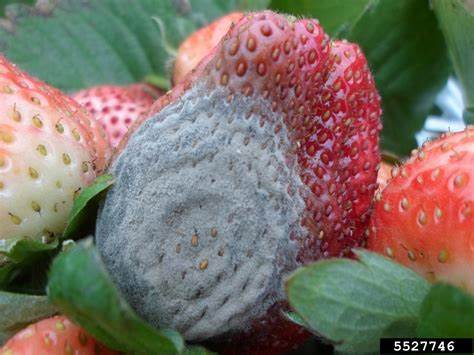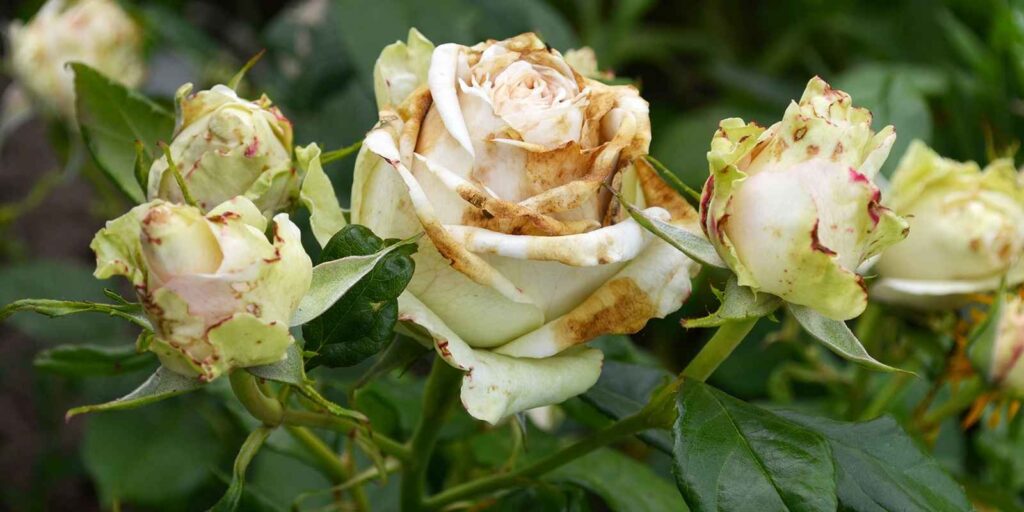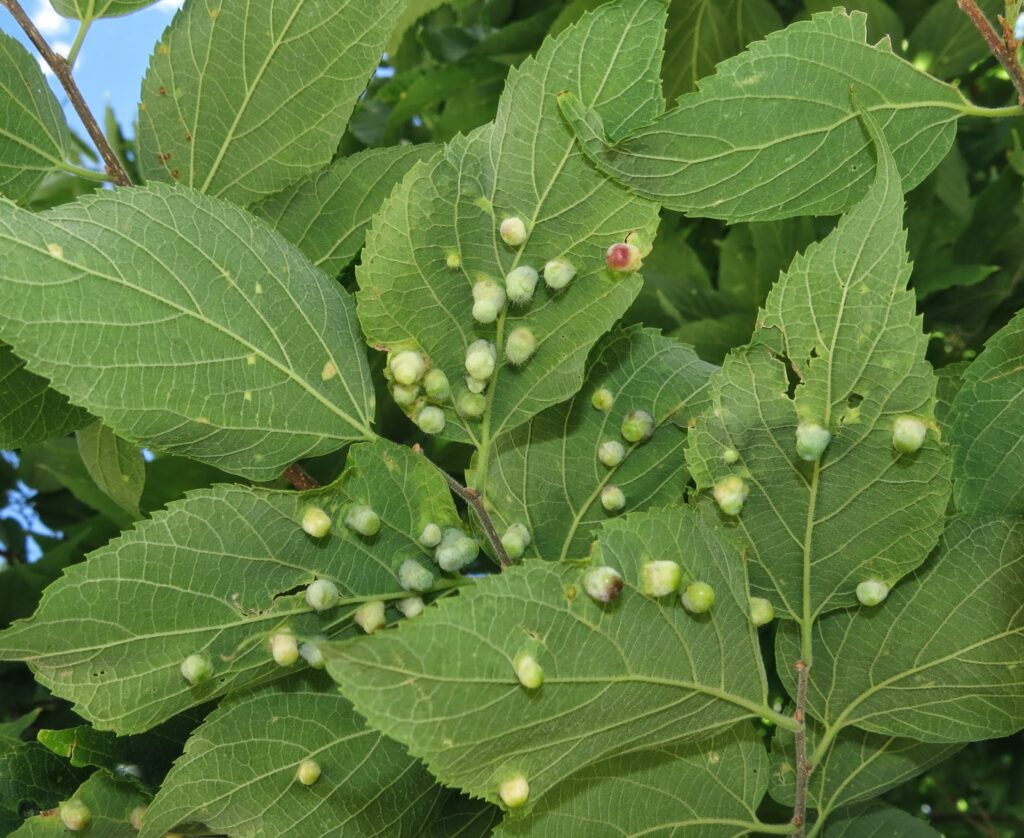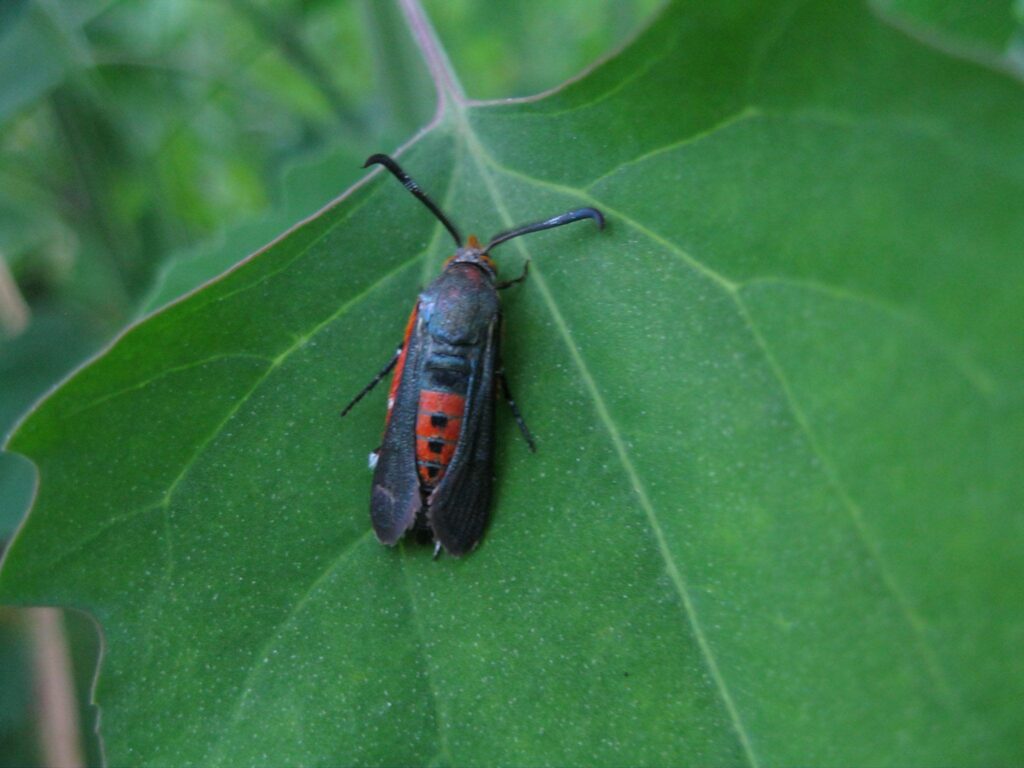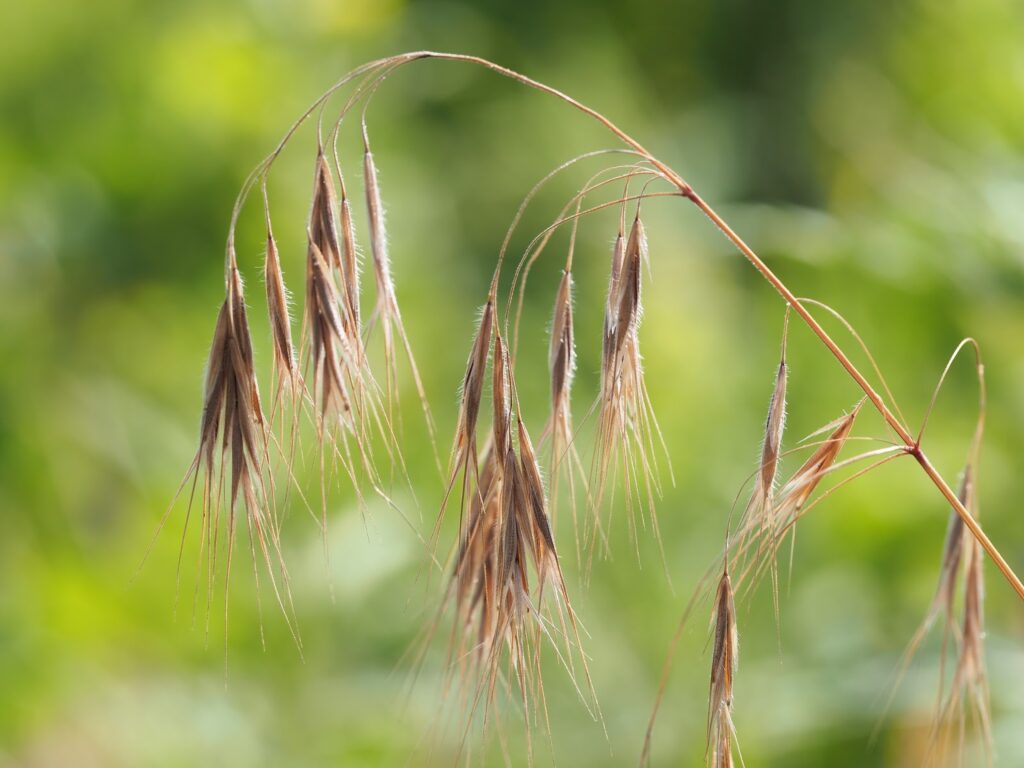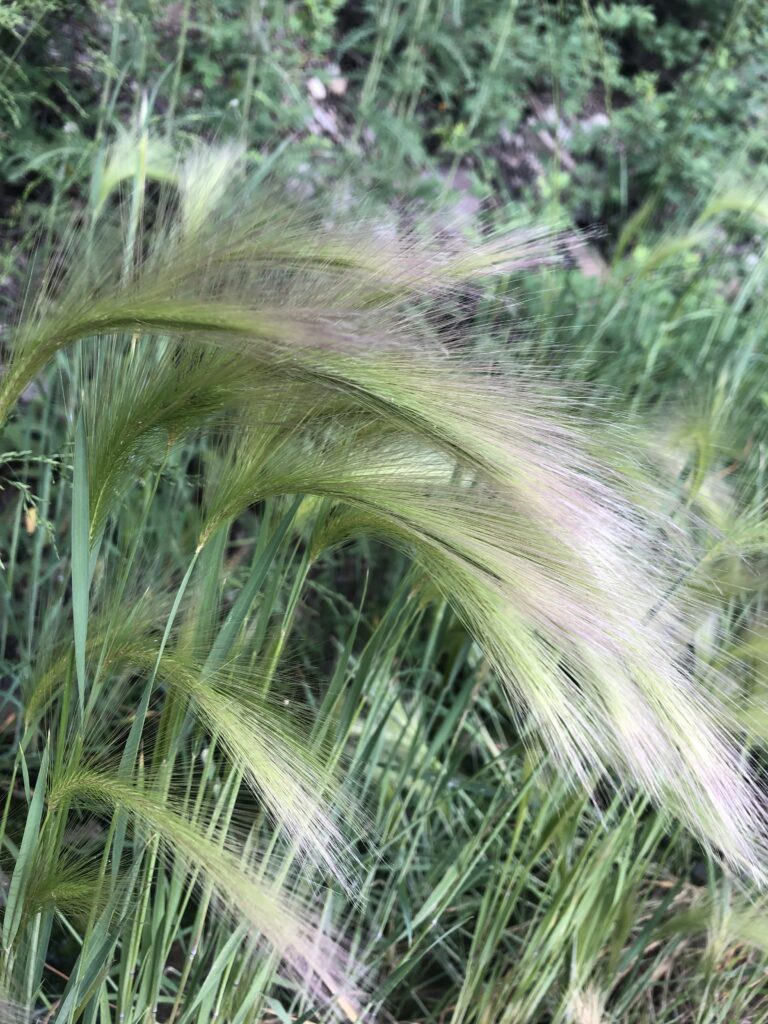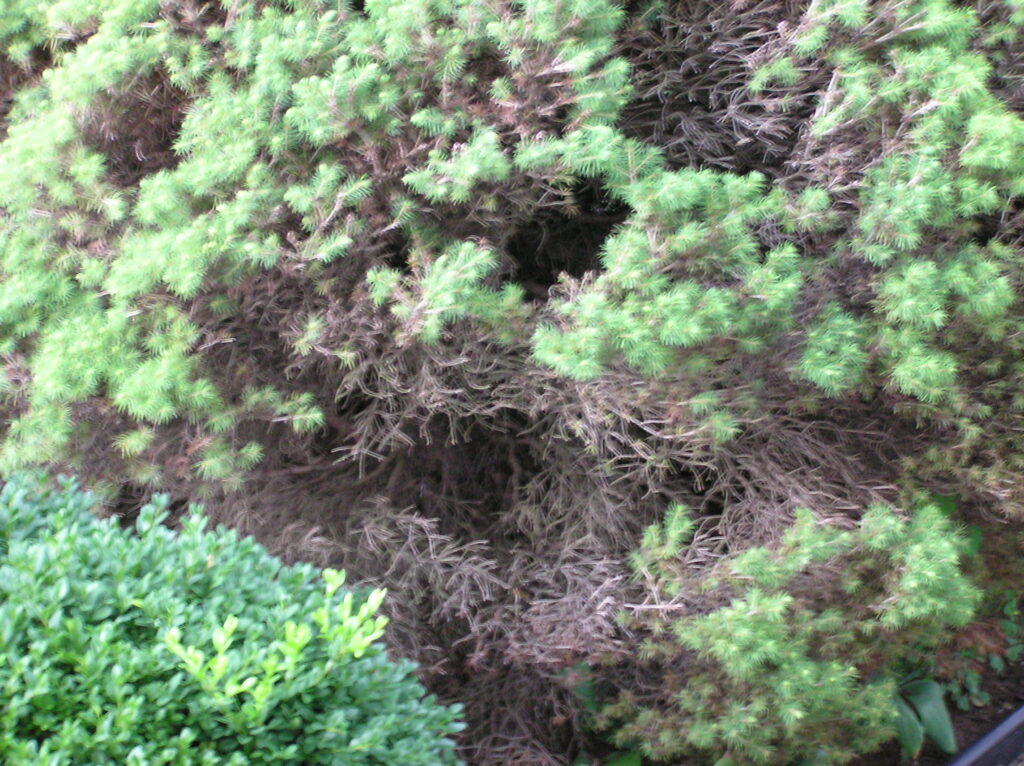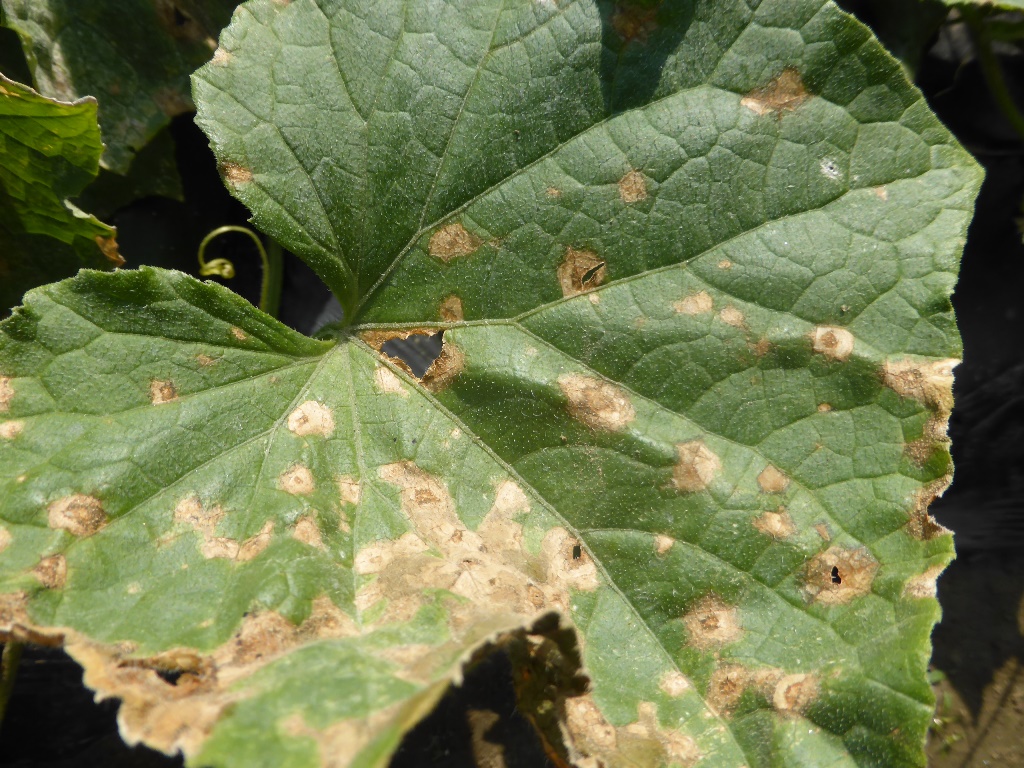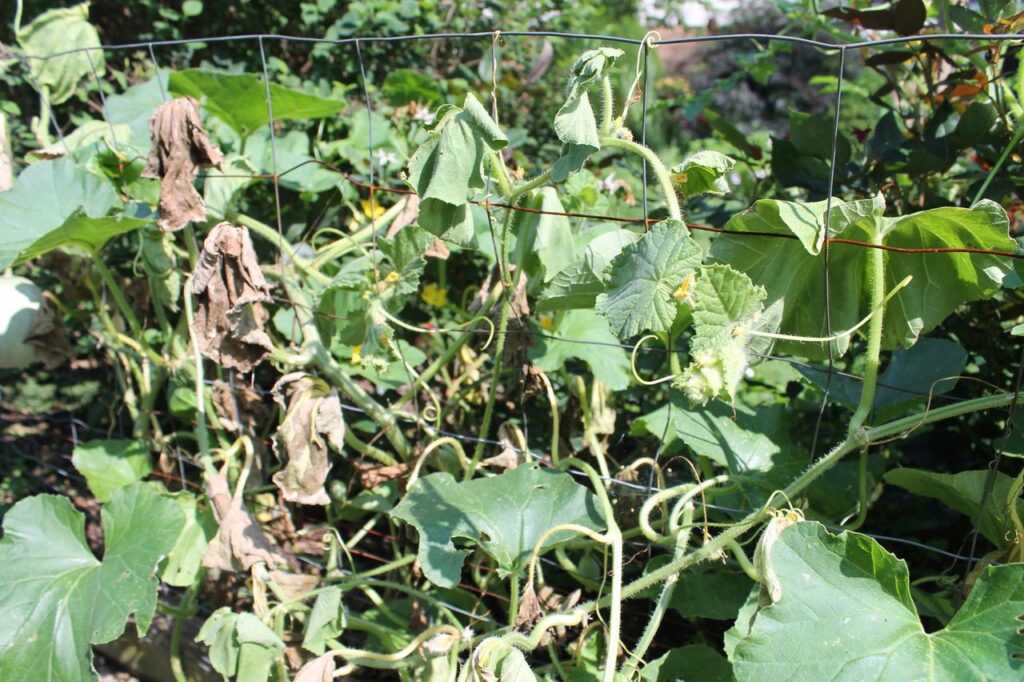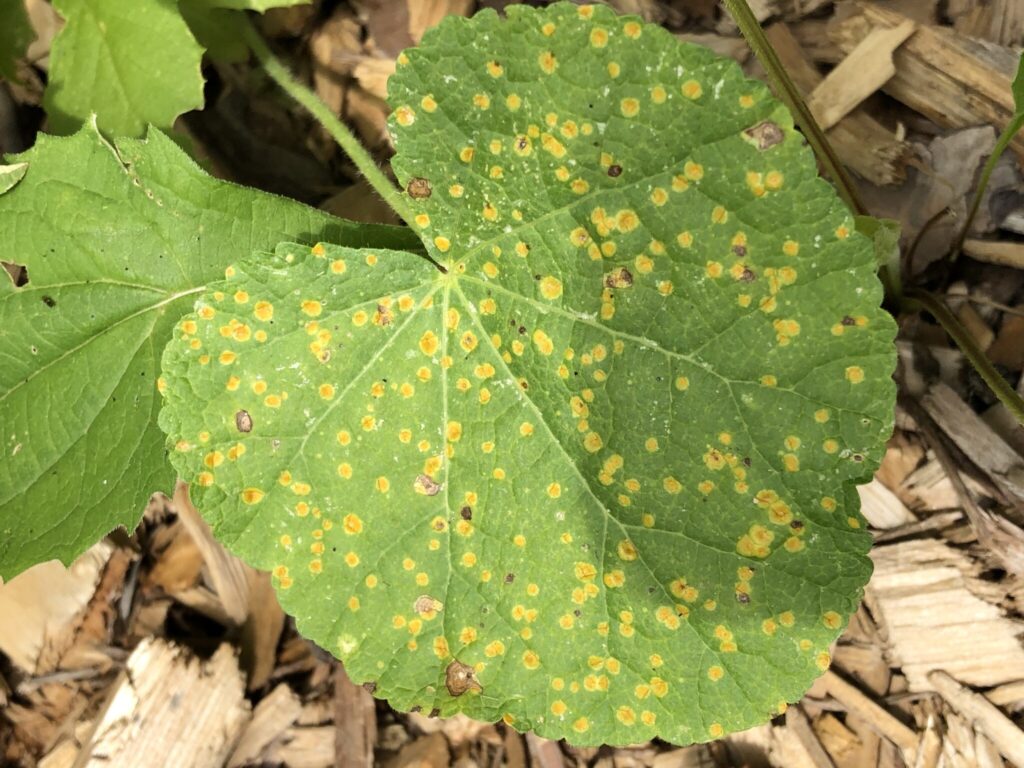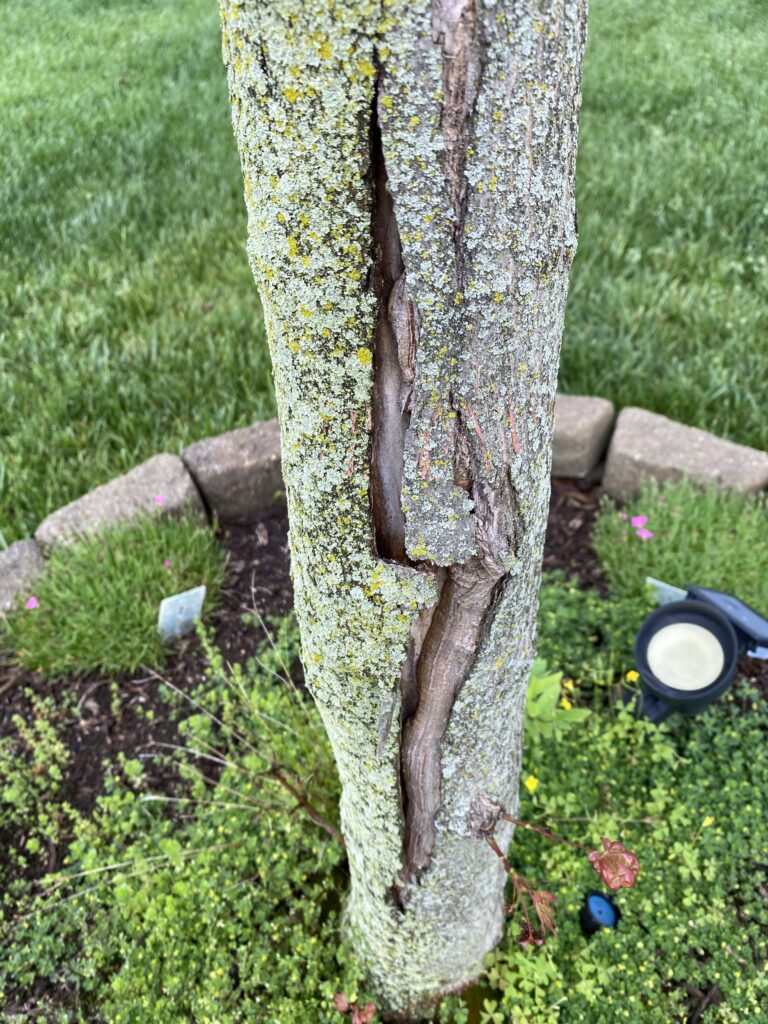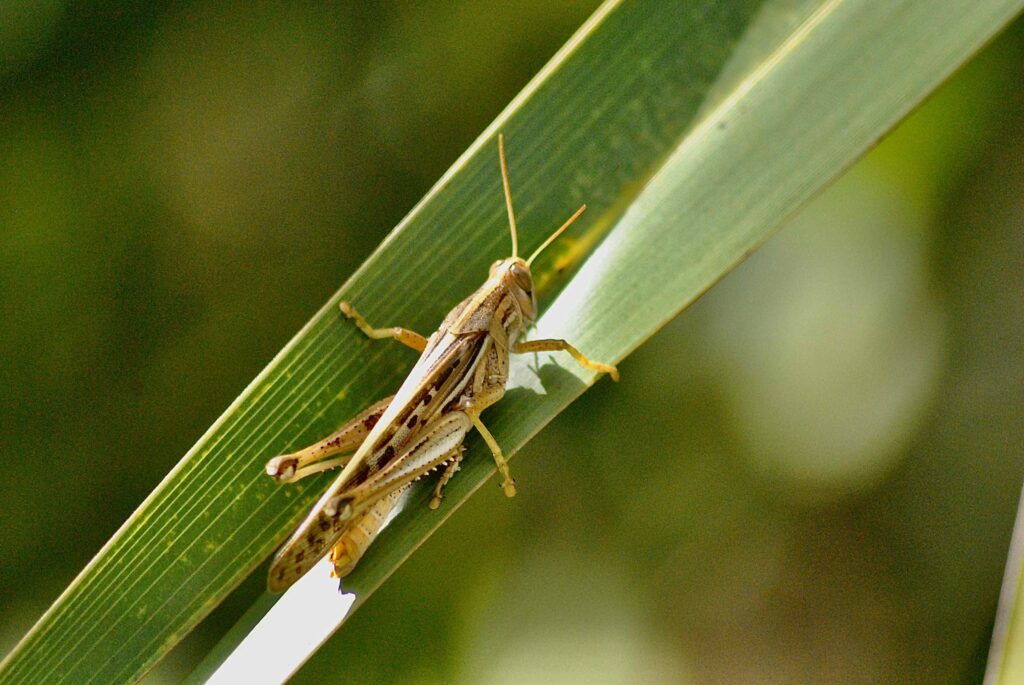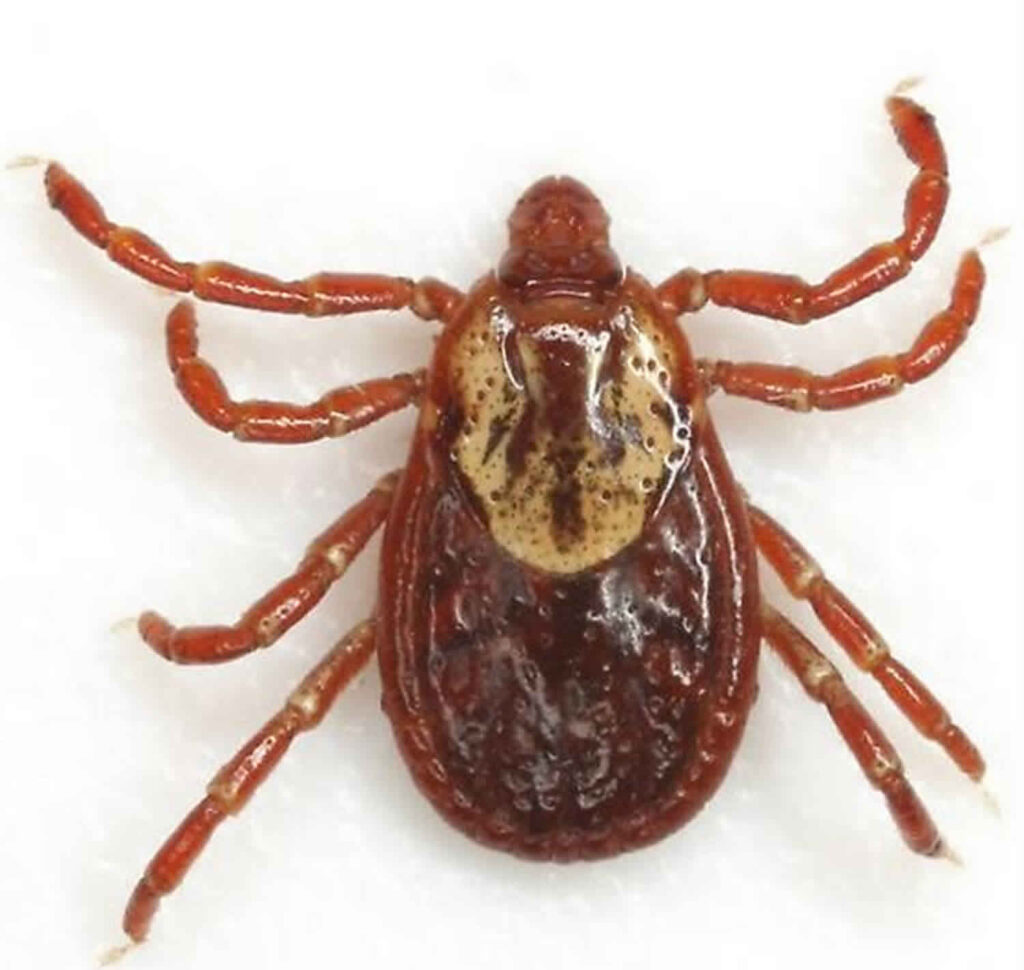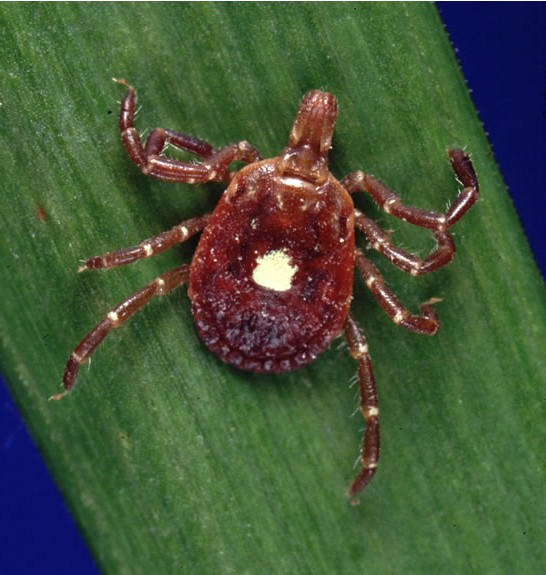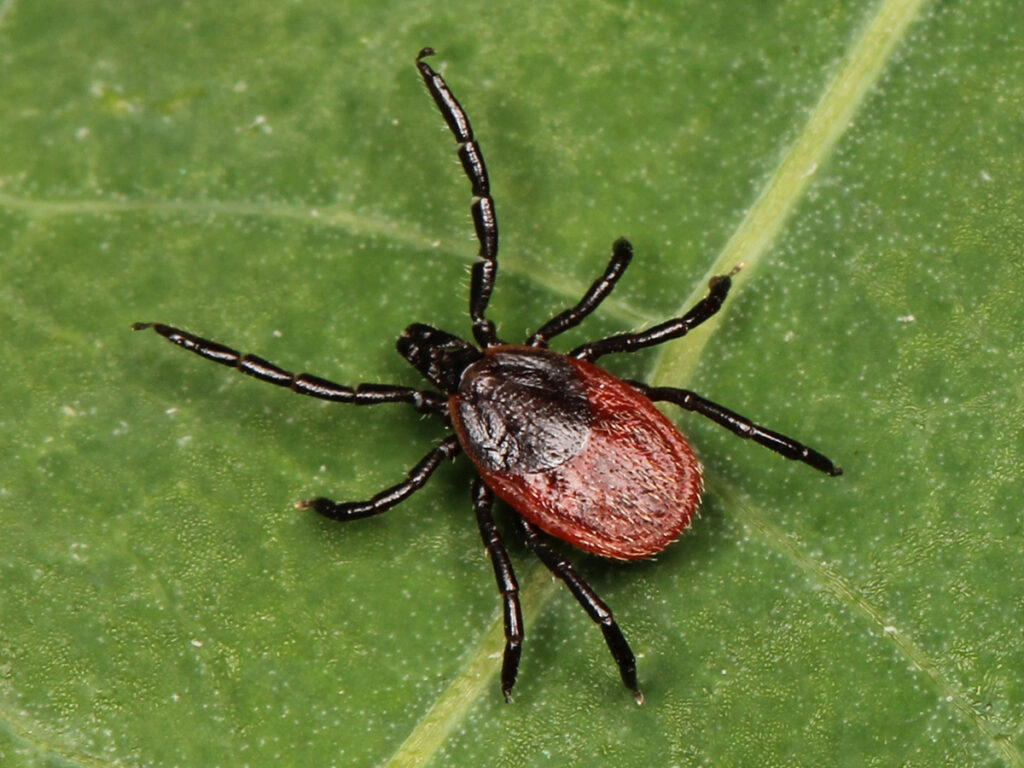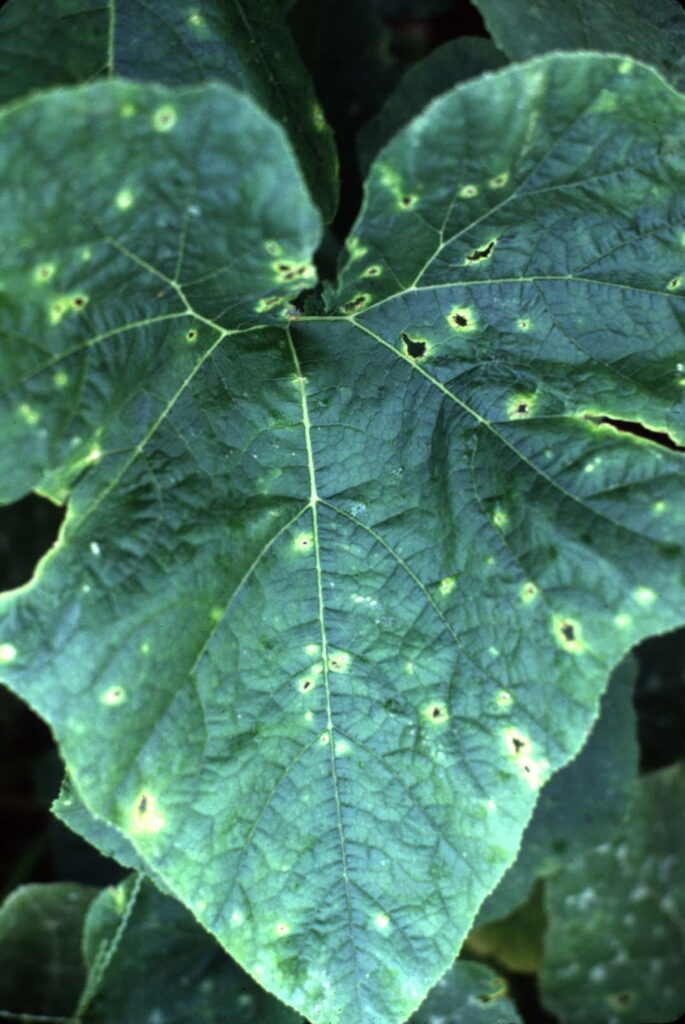
This week in the garden, with the wet, cool weather a lot of fungus diseases are showing up. One is a scab in cucumbers and other vine crops. It appears on the leaves as a halo of yellow surrounding a darker area. On the fruits, it is a brown sunken area. To control this, use a garden fungicide to protect the nonaffected leaves. There are scab-resistant cucumbers varieties on the market.
My pepper plants are setting fruit although the plants are relatively small. I have been picking these fruits off to give the growing plants more energy. There is plenty of time for the fruits to set and mature.
About picking off fruits, fruit trees like apples can be thinned. For instance, where there are two little apples, remove one. You will get a larger apple and the quality will be higher.
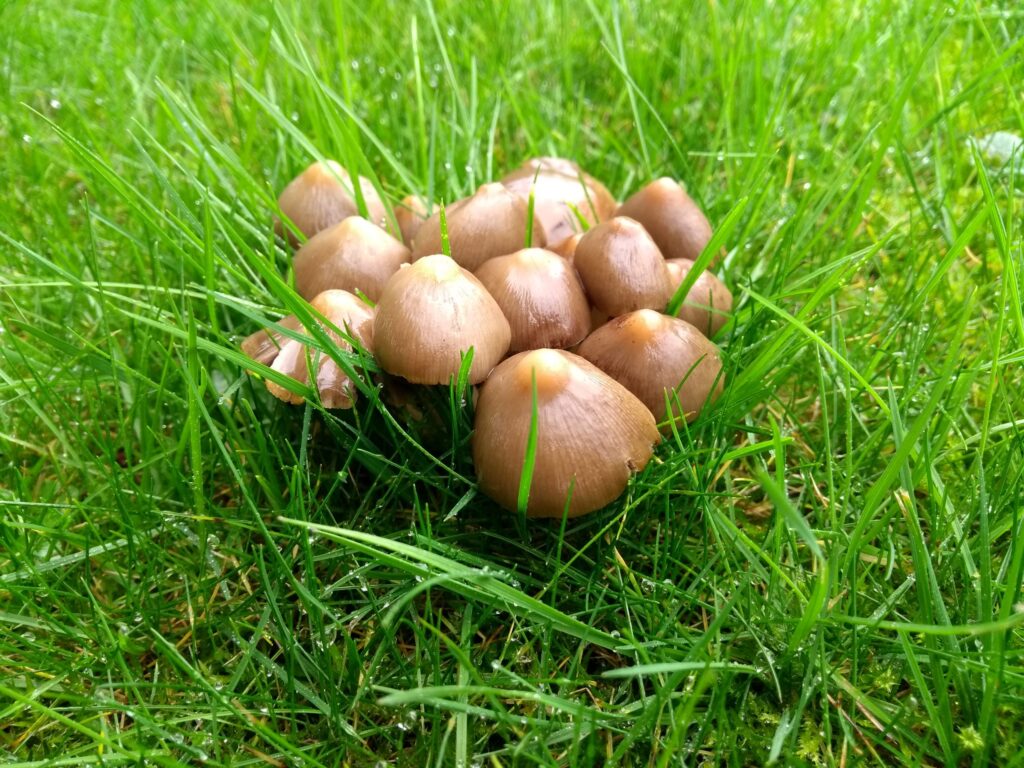
Also because of the weather, there are many mushrooms growing in lawns where a tree was taken out. These mushrooms are breaking down the organic material of the roots. They are not hurting the lawn or beds, just do not eat them!
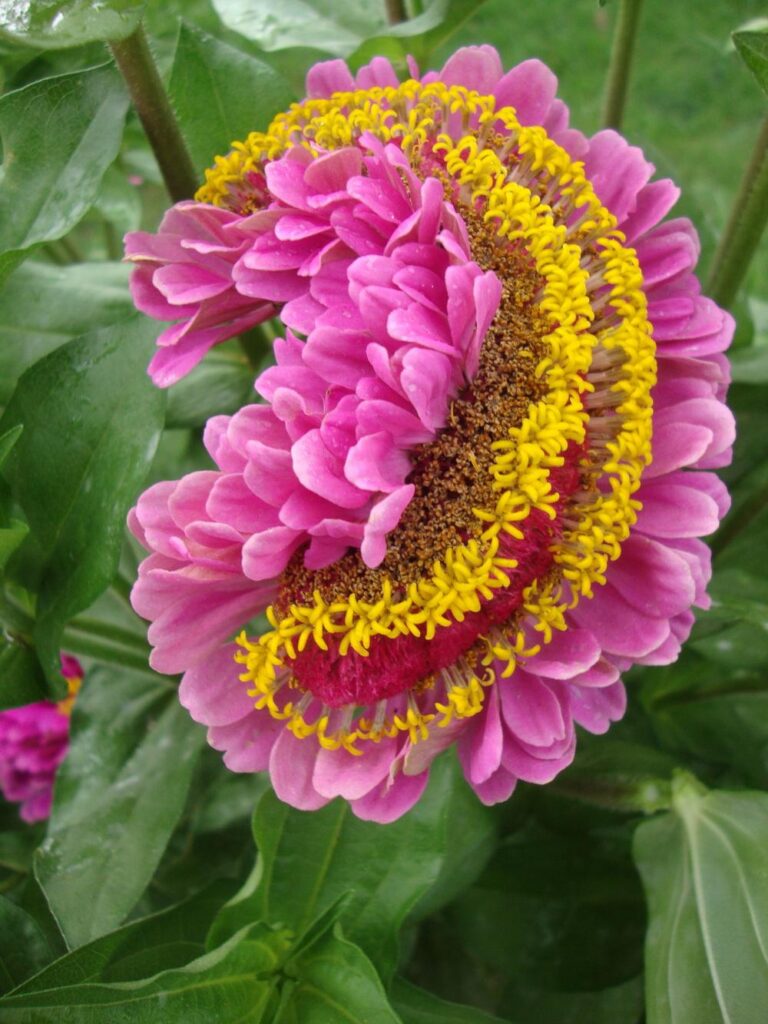
This year has been a lot of fasciation. This is where a plant has unusual growth like a flat curly stem of asparagus or a double flower of a zinnia. There are many causes like aphids feeding, mechanical injury, mutation, herbicide injury, or cool weather. One major reason for fasciation in which the flower and leaves are distorted is a virus that causes flowers like roses, asters, and other flowers is called aster yellows virus. If something looks odd, remove the plant. Aster yellows virus is spread by chewing insects and pruning.
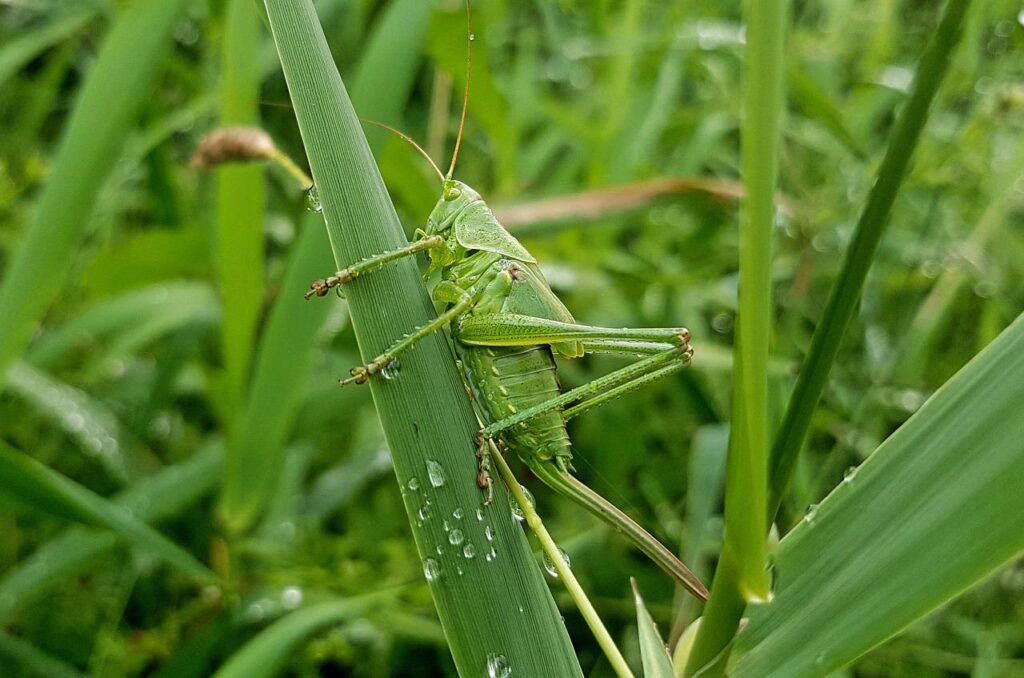
As for the grasshoppers, it helps to create a barrier by mowing around the garden at least 10 feet in rural areas. Using baits helps to control the number of grasshoppers.

